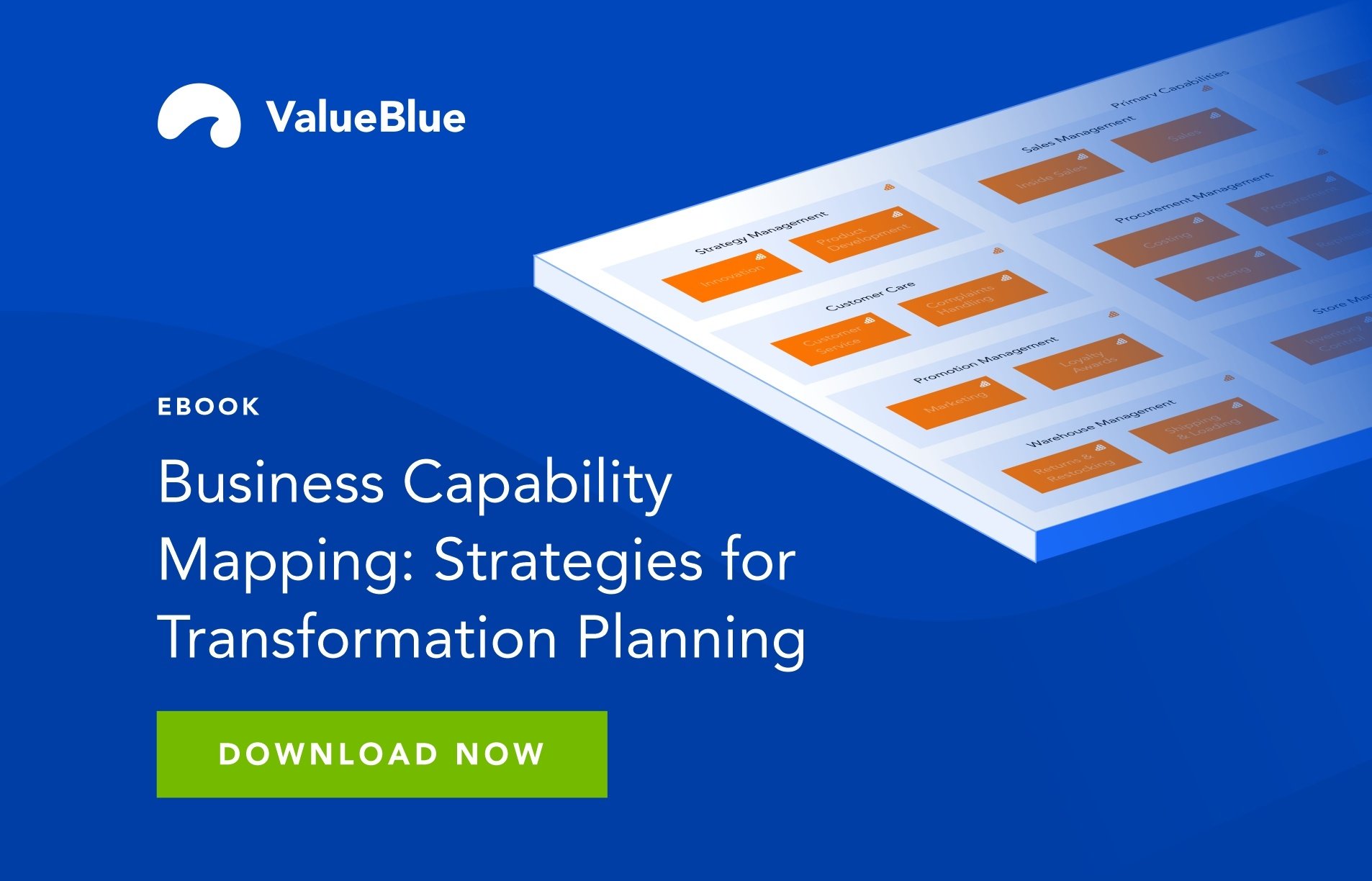Enterprise Architecture Impact in Higher Ed: A Guided Approach
Student needs in education are constantly changing, and keeping up can be challenging. For educational institutions, it’s about adapting to evolving expectations while managing budget limits, resources, and emerging technologies.
The solution? Transformation is no longer optional, it's essential. But where do you begin? In this three-part series, we’ll explore the latest trends, opportunities, and examples of how higher education institutions use Enterprise Architecture for business transformation.
Current trends in higher education
According to Holon IQ, the number of higher education leaders focusing on business or digital transformation has grown from 50% to 69%. Institutions are increasingly aware of the need for change but struggle to know where to start. To help with this, it is useful to begin by identifying key areas to zone in on.
As some of the top challenges that they are struggling with include budget cuts, workforce needs, and access to education, they lead to an increased focus on:
- Evolution from short-term fixes to longer-term strategies. The shift from reactive, short-term solutions to proactive, long-term strategy is vital for ensuring sustainability and growth. Institutions must think beyond immediate fixes and embrace long-term planning to address systemic challenges.
- Being more student-centric. The student experience is no longer limited to the classroom; it spans the entire journey from recruitment to graduation and beyond. Higher education institutions are placing greater emphasis on personalization to meet students' needs at every step along the way.
- Improving enrolment capabilities. By offering a personalized, tailored experience starting from the application process, institutions can attract and retain a diverse group of students.
- Focus on Information Security. With the growing importance of digital platforms, data privacy and security have become top priorities for higher education institutions. New regulations and compliance requirements drive institutions to focus on securing sensitive student data and ensuring safe digital environments.
How to approach business transformation in higher education
While many higher education providers recognize the need for business transformation, few are actively engaged. Often, this is due to a lack of strategy or implementation expertise.
Enterprise Architecture (EA) is key to bridging this gap and ensuring the success of business transformation. It is well regarded as the "glue" that ties together strategy, technology, and execution. The EA framework provides a structured way to align an organization’s goals and technological investments. While the approach may vary based on each institution's needs and expertise, here is a practical step-by-step guide to help higher education providers navigate the transformation process.
1. Identify business transformation drivers.
The first step in any transformation journey is identifying the key drivers. Think of these drivers as "buckets" of focus areas that will enable further, refined analysis. This also helps to pinpoint potential resources required to turn vision into reality. Common drivers include learning environment, operational efficiency, innovation and cost cutting.
2. Prioritize based on insights.
This is not a finger-in-the-air exercise. To find the high-impact areas to invest in, it’s crucial that your decisions are based on data and real insights rather than assumptions. By doing so, potential decisions will be far more objective than subjective.
By evaluating the architecture domains – people, processes, data, applications, and technology – institutions can pinpoint the most critical areas to address first. For example, there may be "low-hanging fruit" in the form of small process changes that require no additional technology or monetary investment but will still deliver significant improvements.
3. Design collaboratively.
Once you have generated ideas to take the organization further, employees developing solutions should collaborate, not work in silos. Often, decisions that shape project designs and implementations are disconnected from strategic drivers, leading to wasted investments.
When designing, including the "right" stakeholders from the start will reap great rewards. For example, an enhancement to a Learning Management System (LMS) should include faculty and staff in the design process to ensure that the system meets their needs and addresses existing pain points.
4. Communicate across the organization.
Too often, organizations focus solely on technology and overlook the importance of keeping stakeholders informed throughout the process. Business transformation is not just about technology or an "IT thing".
To ensure successful implementation, keep stakeholders informed and engaged at every step. You can accomplish that by gathering and sharing incremental feedback throughout the process. You can make this process easier and more efficient by leveraging technology, such as collaboration platforms, but remember that the goal is to ensure transparency and frequent communication.
Common business transformation themes
Transformation can take many forms, from minor process optimizations to large-scale organizational shifts following a merger or acquisition. The beauty of Enterprise Architecture is that it can be applied across a wide range of transformation projects, each with its unique scope and challenges. Here are some common themes that higher education institutions have tackled:
- Admissions processes
- Student records management
- Learning Management Systems (LMS)
- Servicedesk/ITSM
- Campus security
- Application integration
How can you tackle business transformation challenges?
To navigate these challenges successfully, it’s crucial to apply elements of standards, frameworks, methodologies, and research most applicable to the institution's specific needs. This is called “Just enough Architecture”. Two key techniques that can help you get started include:
- Using Capability Modeling and analysis techniques to determine impact.
- Using Process Modeling and analysis techniques to improve operational efficiency.
Embrace Enterprise Architecture today!
Enterprise Architecture is a powerful methodology for higher education institutions seeking to stay competitive and meet the evolving needs of students and faculty. As we outlined in this article, several key steps and themes can serve as a foundation for any transformation initiative.
In the next blog in this series, we’ll dive deeper into how Capability Models (particularly the Higher Education Reference Model – HERM) can assist in impact analysis and prioritization. Stay tuned!
.png)


